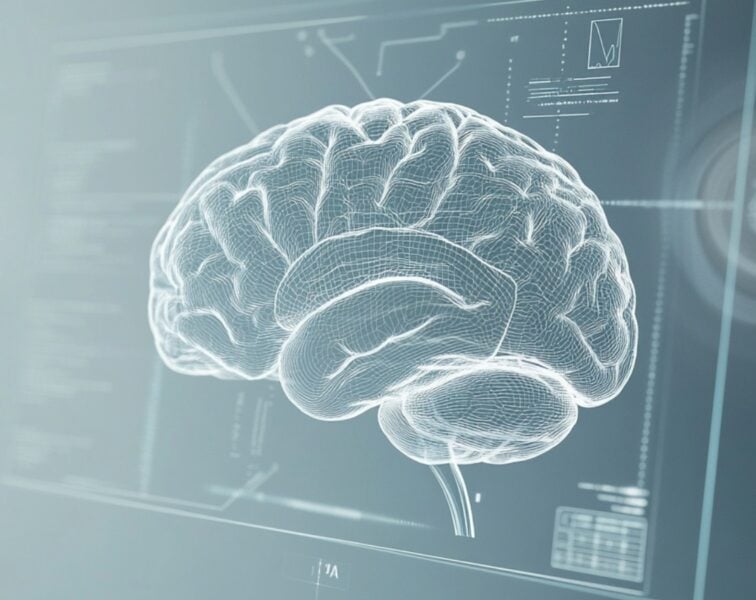In this “Ask Me Anything” (AMA) episode, Peter delves deep into the data surrounding different forms of cold therapy, including cold water immersion, cryotherapy, and cold showers, aiming to unveil the potential benefits and drawbacks associated with cold therapy. He dissects the studies examining the effects of cold therapy on delayed onset muscle soreness (DOMS), activation of brown adipose tissue, and its potential impact on mood and as a therapeutic approach for depression. Furthermore, Peter discusses the potential negative impact cold therapy may have on muscular hypertrophy and offers his perspective on the extent to which the data support the notion of cold therapy providing longevity benefits. Finally, he also discusses the existing consensus, or lack thereof, regarding the optimal structure of an effective cold therapy protocol.
If you’re not a subscriber and listening on a podcast player, you’ll only be able to hear a preview of the AMA. If you’re a subscriber, you can now listen to this full episode on your private RSS feed or on our website at the AMA #47 show notes page. If you are not a subscriber, you can learn more about the subscriber benefits here.
We discuss:
- Overview of discussion on cold therapy (and a Formula 1 tangent) [1:45];
- The most common cold exposure therapies [5:45];
- Potential benefits of cold water immersion: a look at the data [9:30];
- Comparing the effects of cold water immersion with whole-body cryotherapy [18:30];
- The potential impact of cold exposure on mood and as a treatment for depression [20:45];
- How do cold showers compare to cold water immersion? [28:15];
- Cold exposure and the activation of brown adipose tissue (BAT) [34:15];
- Exercising in cold temperatures: impact on exercise performance [38:30];
- Potential downsides of cold therapy and its impact on hypertrophy, strength, and recovery [44:45];
- Are the blunting effects of cold on hypertrophy due to the effects on inflammation? [50:45];
- Does cold exposure offer any potential geroprotective benefits? [53:15];
- Cold therapy protocols for delayed onset muscle soreness (DOMS) [56:30];
- Summarizing the data and takeaways from Peter [1:01:00]; and
- More.
Get Peter’s expertise in your inbox 100% free.
Sign up to receive An Introductory Guide to Longevity by Peter Attia, weekly longevity-focused articles, and new podcast announcements.
Overview of discussion on cold therapy (and a Formula 1 tangent) [1:45]
- Focusing on one core topic today — cold therapy
Today, we plan to cover:
- what we know and don’t know about cold therapy
- how it can affect mood or be a treatment for depression
- what we know about the claims that it helps activation of brown adipose tissue for metabolic health
- Any potential cons around cold therapy
- whether there are any possible geroprotective of cold therapy
- if there are any benefits of exercising in the cold
- Ultimately, do we know anything around a consensus for an effective cold therapy protocol?
Tangent on F1 [3:00]
- Peter is excited about the upcoming 2023 Formula 1 season
- He’s also a fan of the Netflix show called Drive to Survive
Any early predictions from Peter?
- Going by what we saw in the testing week, Red Bull looked incredibly strong
- The top three look predictably strong: Red Bull, Mercedes and Ferrari
- Two biggest surprises were the strength of Aston Martin and the continued weakness of McLaren
- McLaren has a new rookie driver, Oscar Piastri who seems like the real deal and people are thinking that he will have a great future in F1
- Ferrari has a new team principal which should help them
- Peter hopes it’s a better season than last season from a competitive standpoint which he thinks it will be
- “If it were a four-horse race this year, that would be amazing.” says Peter
The most common cold exposure therapies [5:45]
What are even the most common cold exposure therapies?
- Two most common would be:
- i) cold water immersion (CWI) and
- ii) whole body cryotherapy (WBC)
Cold water immersion (CWI)
- As the name suggests, this is when you are immersed in cold water
- The most common protocols you’ll see could be as cold as ice water (32 degrees)
- In research studies, you’re more likely to see 40 degrees Fahrenheit up into the 60s
- The variability you see in temperatures comes down to the duration of immersion
- When you’re in the 30s and 40s, we’re talking about two to three minutes
- With the 30 minute protocols, you’re typically up at slightly higher temperatures (50s-60s)
- A couple other terms to know:
- “Head out immersion” refers to a submersion, basically to the sternum or neck,
- But there are some protocols that will be submersion to waist only
*Challenge of studying cold therapy
- The problem with this subject matter is that we have to rely heavily on meta-analysis
- And as the old saying goes “1000 sows ears makes not a pearl necklace”
- In other words, a meta-analysis can only be as good as the sum of its parts
- And if its parts are very heterogeneous, which they often are, but not heterogeneous in the right way, then your analyses are somewhat limited
- So one of the challenges here is we’re trying to ascertain information from highly variable studies
Whole body cryo (WBC)
- You wouldn’t do this at home as it’s quite expensive to have your own chamber and your own nitrogen tank
- Typically you go to a facility with a cryogenic chamber
- You basically stand in a tube that blasts liquid nitrogen inside
- Temperatures are pretty cold—anywhere from minus 160 to minus 260 degrees Fahrenheit (-110 to -160 degrees celsius)
- How can a person tolerate that?
- You have to remember there’s a totally different conductivity of gas versus liquid
- Because it’s a gas that’s coming at you, it’s not going to be nearly as capable of extracting heat from your body
- Nevertheless, you tend to sit in these things for about three minutes.
- Worth noting that cold water immersion is subjectively much colder than whole body cryo
Potential benefits of cold water immersion: a look at the data [9:30]
Overview:
{end of show notes preview}
Would you like access to extensive show notes and references for this podcast (and more)?
Check out this post to see an example of what the substantial show notes look like. Become a member today to get access.



